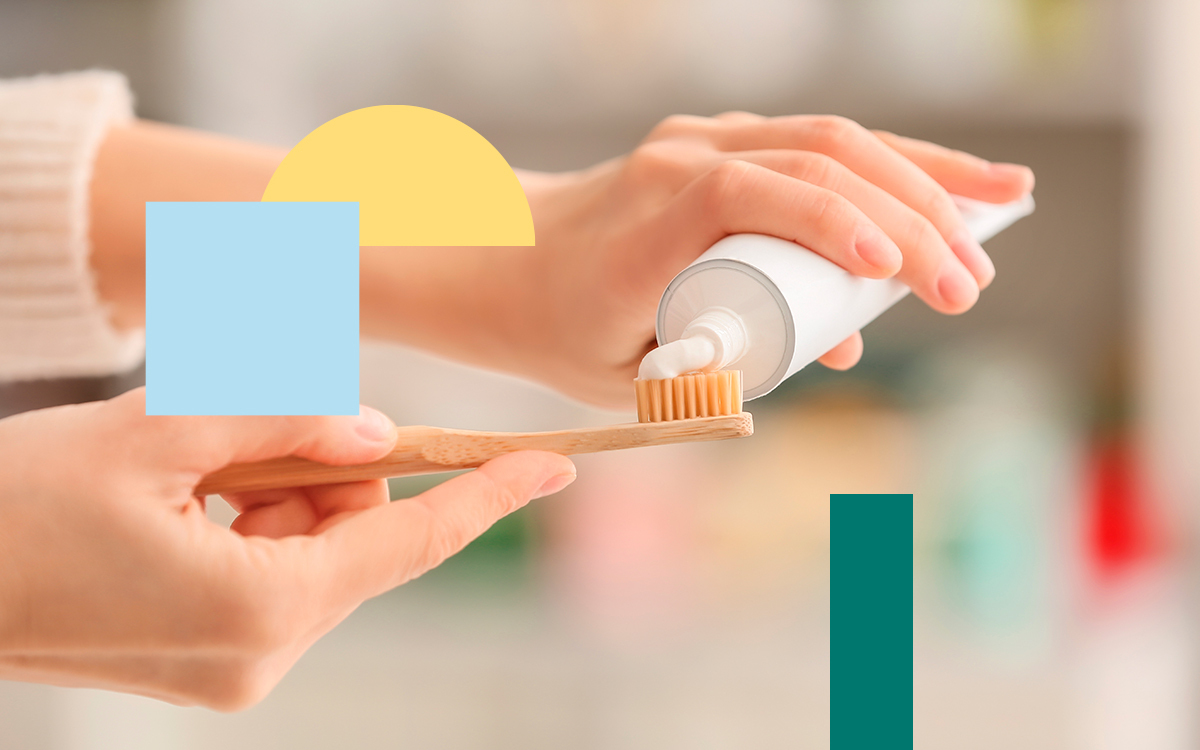Dental care plays a critical role in maintaining good oral health. It is crucial to make informed decisions when choosing the right toothpaste, as there are numerous options on the market with variations in both properties and composition. Evaluating these options allows us to select the toothpaste that best suits the individual needs of the people who come to the dental clinic or pharmacy, and who trust the professional who will give them the recommendation.
Among the aspects to consider when recommending a toothpaste, the RDA (Relative Dentin Abrasivity) index plays a key role. It is necessary to select a toothpaste that fits each case avoiding possible adverse effects on oral health.
- 1 What is the RDA index, how is it measured, and what are the abrasiveness ranges according to the American Dental Association (ADA) and the Spanish Society of Epidemiology and Oral Public Health?
- 2 What RDA index should you recommend if you have tooth sensitivity, gingivitis and/or periodontitis?
- 3 What are the factors that influence the RDA of toothpaste?
- 4 Discover our products for professionals
- 5 What RDA index to recommend for children and orthodontic patients?
What is the RDA index, how is it measured, and what are the abrasiveness ranges according to the American Dental Association (ADA) and the Spanish Society of Epidemiology and Oral Public Health?
The RDA index is a measure used to determine the abrasiveness of a toothpaste. The higher the RDA value, the higher the abrasive capacity of the toothpaste. The measurement of the RDA is done by laboratory tests in which toothpaste samples are subjected to mechanical brushing on an artificial tooth enamel surface. The amount of material removed during planing determines the RDA value.
Both the ADA and the Spanish Society of Epidemiology and Oral Public Health establish recommended abrasiveness ranges for toothpastes. According to the ADA, toothpastes with an RDA of 0 to 70 are considered low abrasive, 70 to 100 are moderately abrasive, and 100 to 150 have high abrasiveness. The Spanish Society of Epidemiology and Oral Public Health establishes similar values, with a classification of low abrasiveness for RDA from 0 to 60, moderate for RDA from 61 to 80 and high for RDA from 81 to 200.
Benefits and risks of different levels of abrasiveness.
Toothpastes with low abrasiveness offer significant dental health benefits. These pastes are effective in removing dental biofilm and food debris, without damaging tooth enamel. In addition, they can help prevent cavities from forming and maintain good oral hygiene in general.
On the other hand, toothpastes with a high abrasiveness can be detrimental to dental health in the long run. These pastes can wear away tooth enamel, exposing dentin and increasing the risk of tooth sensitivity. Additionally, the continued use of highly abrasive toothpastes can contribute to tooth erosion and conditions such as periodontal disease. We must be cautious when recommending toothpastes with high levels of abrasiveness and if we do so, recommend alternating them with other toothpastes with low abrasiveness.
What RDA index should you recommend if you have tooth sensitivity, gingivitis and/or periodontitis?
If you suffer from tooth sensitivity, it is advisable to recommend a toothpaste with a low level of abrasiveness. Low-abrasive toothpastes are gentle on the teeth and help minimize dentin exposure, reducing tooth sensitivity.
In cases of gingivitis and periodontitis, it is essential to recommend a toothpaste that promotes gum health. In addition to good biofilm control and flossing, a toothpaste with anti-inflammatory and antibacterial properties is recommended. It is important that these toothpastes have a low or moderate level of abrasiveness, so as not to further irritate the inflamed gums and low, in case of gingival recession.
What are the factors that influence the RDA of toothpaste?
The RDA of toothpastes can vary considerably due to a number of factors that influence their formulation. One of these factors is the type of excipient used in the toothpaste. Excipients are ingredients that do not have a specific therapeutic function, but play an important role in the texture and abrasiveness of the toothpaste. Some common excipients are thickeners, humectants and flavoring agents. Exclusive products for the needs of oral health professionals.
Discover our products for professionals

Another crucial factor is the type and shape of the silicas used in most toothpastes. Silicas are abrasive particles that contribute to the cleaning and polishing action of toothpaste. The shape and roughness of silica particles can vary, which directly affects the level of abrasiveness of the paste. In general, more polished silicas tend to have a lower RDA compared to rougher particles.
In addition, some toothpastes may contain different types of abrasive agents such as calcium carbonate, dibasic calcium phosphate, or tetrapotassium pyrophosphate. These agents can vary in their ability to remove biofilm and stains.
What RDA index should you recommend for children and orthodontic wearers?
In the case of children, it is recommended to use toothpastes with low abrasiveness. Children's teeth are more vulnerable and prone to damage from excessive abrasion. Therefore, it is important to choose a toothpaste soft that does not cause damage to developing enamel and baby teeth.
For orthodontic wearers, it is recommended to use a toothpaste with a moderate level of abrasiveness. The presence of braces and wires can make it difficult to properly clean your teeth, increasing the risk of plaque buildup and cavities. A toothpaste with a moderate level of abrasiveness can help remove biofilm more effectively and without damaging the brackets or teeth.
The importance of fluoride and calcium in the formulation of toothpastes.
The fluoride and calcium are key ingredients in the formulation of toothpastes due to their dental health benefits. The fluoride It strengthens tooth enamel and helps prevent cavities from forming. In addition, the fluoride It has remineralizing properties that can help repair enamel weakened by acids produced by bacteria.
Tooth enamel contains a large amount of calcium, and its presence in toothpaste can help remineralize and strengthen teeth. In addition, calcium is essential for maintaining healthy teeth and gums.
In conclusion, when recommending a toothpaste, it is crucial to take into account the RDA index and the abrasiveness ranges established by organizations such as the ADA and the Spanish Society of Epidemiology and Oral Public Health to select a toothpaste with appropriate levels for each situation, taking into account factors such as tooth sensitivity, gingivitis, and periodontitis. In addition, the patient's age and other specific conditions, such as the use of orthodontics, should be considered. Apart from the RDA, the presence of fluoride and calcium in the formulation of toothpastes is essential for promoting good dental health.




 What to consider when choosing the best electric toothbrush?
What to consider when choosing the best electric toothbrush? How to relieve pain with newly placed braces?
How to relieve pain with newly placed braces? How to keep your breath fresh?
How to keep your breath fresh?

